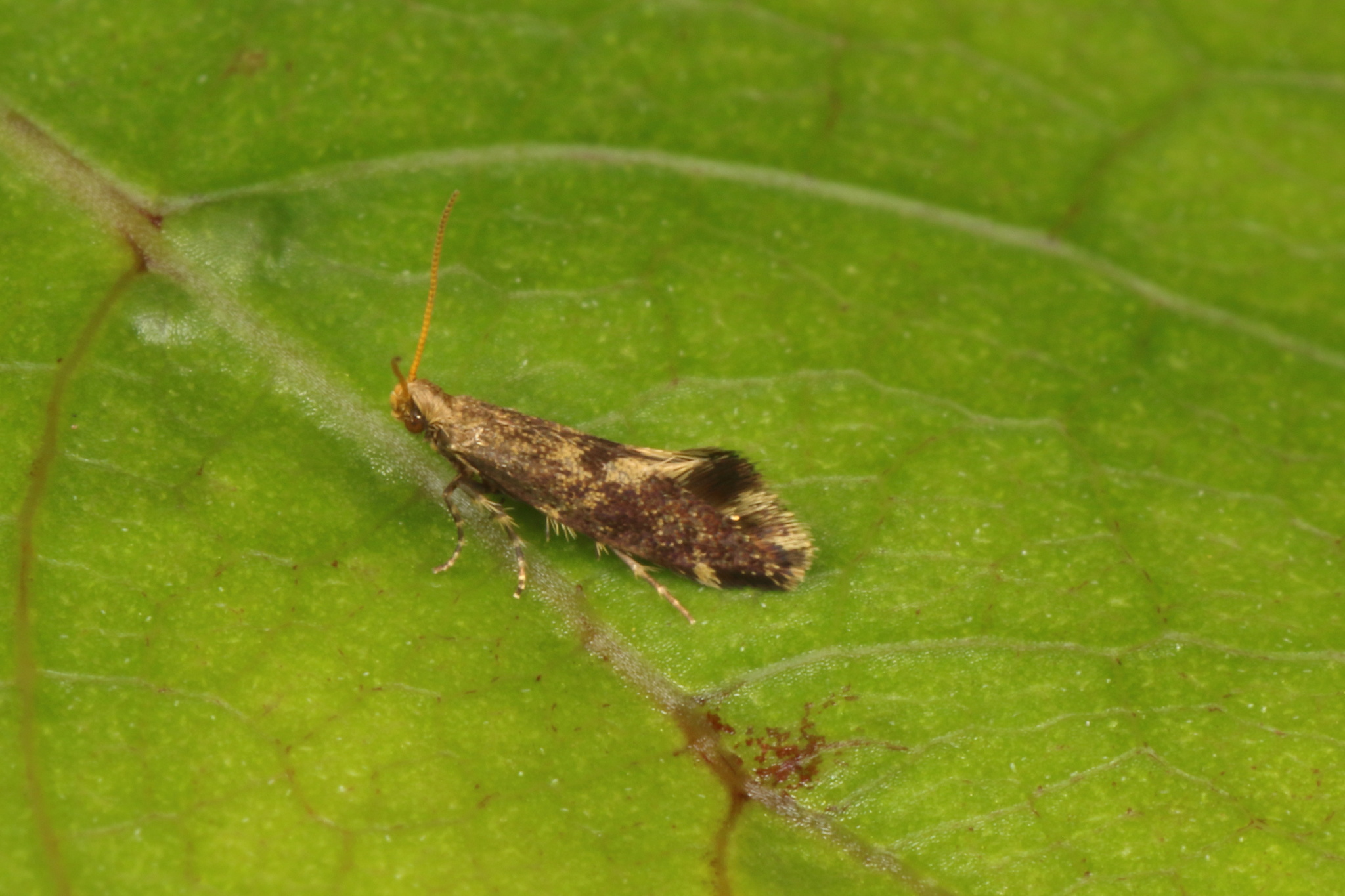|
Mnesarchaea
Mnesarchaea is a genus of "New Zealand primitive moths" in the family Mnesarchaeidae. This genus is endemic to New Zealand. Taxonomy This genus was first described by Edward Meyrick Edward Meyrick (25 November 1854, in Ramsbury – 31 March 1938, at Thornhanger, Marlborough) was an English schoolmaster and amateur entomologist. He was an expert on microlepidoptera and some consider him one of the founders of modern m ... in 1885. Species These species belong to the genus ''Mnesarchaea'': * '' Mnesarchaea fallax'' Philpott, 1927 * '' Mnesarchaea fusca'' Philpott, 1922 * '' Mnesarchaea hudsoni'' Gibbs, 2019 * '' Mnesarchaea paracosma'' Meyrick, 1885 References {{Taxonbar, from=Q1139423 Moths of New Zealand Mnesarchaeoidea Endemic fauna of New Zealand Moth genera Taxa named by Edward Meyrick Endemic moths of New Zealand ... [...More Info...] [...Related Items...] OR: [Wikipedia] [Google] [Baidu] |
Mnesarchaea Fusca
''Mnesarchaea fusca'' is a species of primitive moths in the family Mnesarchaeidae. This species was first described by Alfred Philpott in 1922, and is endemic to New Zealand. The larvae of the species is bright green when young but turns a brownish green when mature. Adults of this species are small and dark brown with patches of reddish yellow on its forewings. This species is found in Nelson and Marlborough Sounds. It inhabits poorly lit forest ravines and gullies or areas near shaded waterways. Adults are on the wing between December to February. Taxonomy This species was first described by Alfred Philpott in 1922 and named ''Mnesarchaea fusca''. The holotype specimen, collected by Philpott at Gouland Downs in what is now known as the Kahurangi National Park in February, is held at the New Zealand Arthropod Collection. Description The larva of this species can reach a length of 6 mm and is bright green when young, turning a brownish-green when mature. Philpott origina ... [...More Info...] [...Related Items...] OR: [Wikipedia] [Google] [Baidu] |
Mnesarchaea Fallax
''Mnesarchaea fallax'' is a species of primitive moth in the family Mnesarchaeidae. It is endemic to New Zealand. This species is found in the Taranaki, Taupo, Nelson and Buller regions. It lives in a variety of habitats such as beech forest clearings, native podocarp forest, red tussock grasslands as well as in flax wetlands and at higher altitudes of up to 1300m. Much of the life history of this species is unknown and as at 2021 the host plants of this species have yet to be confirmed. The adult moths are on the wing from October to December. This species is classified as "Not Threatened" by the Department of Conservation. Taxonomy This species was described by Alfred Philpott in 1927 using specimens collected at Mount Arthur tableland at 1400m in December. George Hudson discussed the species in 1928 in his book ''The Butterflies and Moths of New Zealand''. The holotype specimen is held at the New Zealand Arthropod Collection. Description Philpott described the species as ... [...More Info...] [...Related Items...] OR: [Wikipedia] [Google] [Baidu] |
Mnesarchaea Hudsoni
''Mnesarchaea hudsoni'' is a species of primitive moths in the family Mnesarchaeidae. This species was first described by George William Gibbs in 2019, and is endemic to New Zealand. It is found in the Auckland, Coromandel, Bay of Plenty, Taupo, Gisborne, Hawkes Bay, Wairarapa and Wellington regions. This species inhabits cool, damp parts of native forest or lives alongside waterways and can be found at altitudes ranging from sea-level up to 800 m. Adults of this species are on the wing from February to April. ''M. hudsoni'' is very similar in appearance to its near relatives ''M. fusca'' and '' M. fallax'' but can be distinguished via differences in male genitalia. Taxonomy This species was first described by George William Gibbs in 2019 and named ''Mnesarchaea hudsoni'' in honour of George Hudson. The holotype specimen was collected at Ōtari-Wilton's Bush in Wellington in March 1922 by George Hudson and is held at the Museum of New Zealand Te Papa Tongarewa The Mu ... [...More Info...] [...Related Items...] OR: [Wikipedia] [Google] [Baidu] |
Mnesarchaea Paracosma
''Mnesarchaea paracosma'' is a species of primitive moths in the family Mnesarchaeidae. It is Endemism, endemic to New Zealand and can be found in the Kaikōura, mid and south Canterbury, New Zealand, Canterbury, Mackenzie Basin, MacKenzie, Otago Lakes, Central Otago, Dunedin, Fiordland and Southland, New Zealand, Southland areas. ''M. paracosma'' lives in a wide variety of habitats including Tussock grasslands of New Zealand, tussock grasslands, shrubland, and damp native beech or podocarp forests, at a range of altitudes from around sea-level up to 1200 m. Adults of this species are on the wing from October to February and are day flying, although they are attracted to light at night. Taxonomy This species was first described by Edward Meyrick in 1885. The male lectotype specimen, collected by Meyrick at Lake Wakatipu on the 15 December 1882, is held at the Natural History Museum, London. Description Meyrick described the species as follows: Hudson went on to give a more ... [...More Info...] [...Related Items...] OR: [Wikipedia] [Google] [Baidu] |
